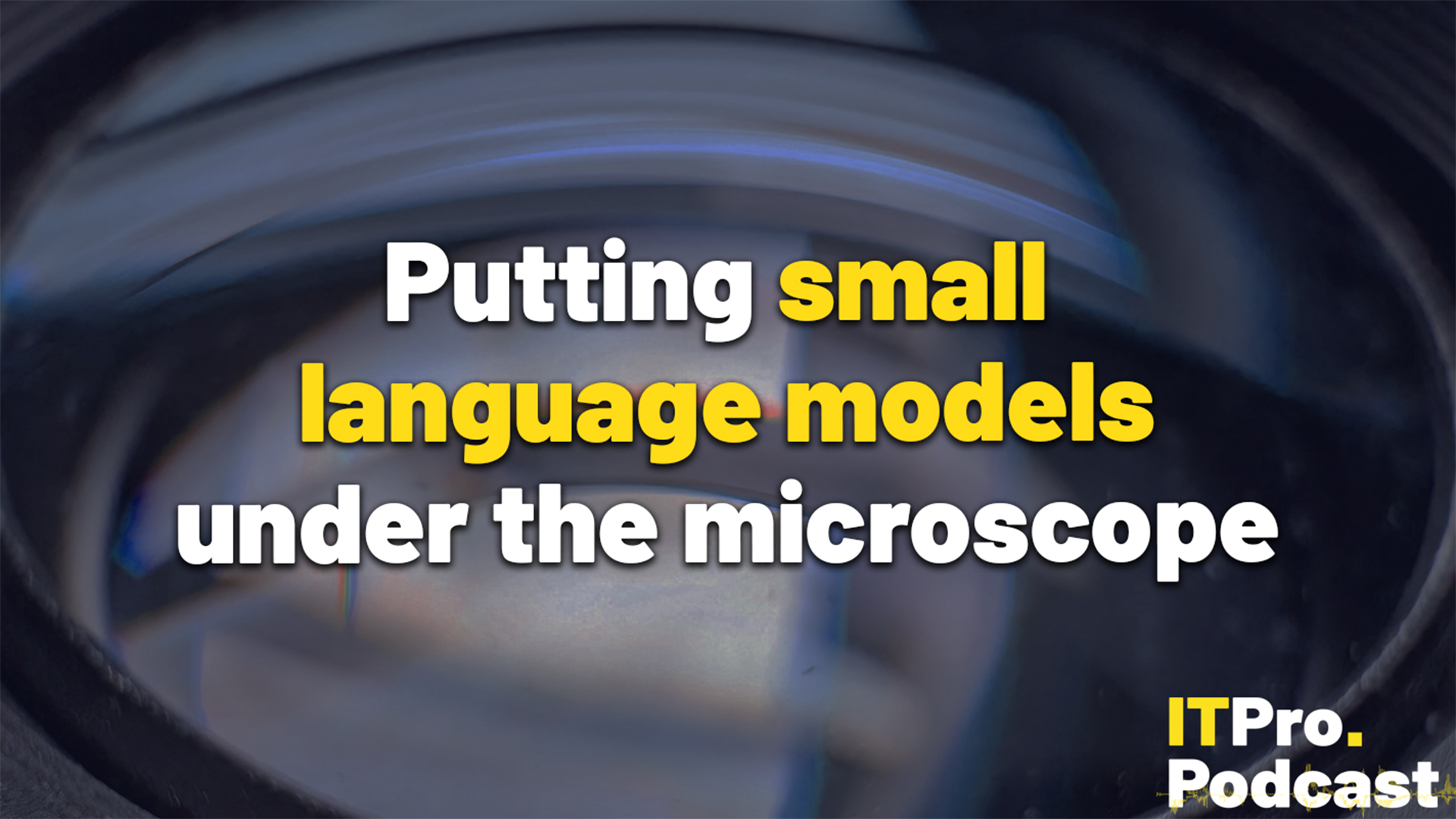Tape drives
Tape is always likely to play a role in any storage management policy, because it's cheap and robust. Dave Mitchell takes a look at eight of the latest drives and sorts the wheat from the chaff

With an eye firmly fixed on the DDS and DAT72 market, Sony's StorStation AITi200STS lays claim to being the first tape drive on the market to deliver support for the SATA (Serial ATA) interface. This is now making more sense at the small business backup level than SCSI which is proving to be an expensive option. It's also a more natural partner for entry-level servers as the majority now have motherboards with embedded SATA controllers as standard, so no extra costs will be incurred in buying an interface card.
This AIT-Turbo 2drive certainly delivers strong competition to DAT72. Its native transfer rate of 12MB/sec is four times faster and the native capacity of 80GB is over twice as much. It uses Sony's ADLC (adaptive lossless data compression) to give a higher compression ratio of 2.6:1 but as with AIT390 drives you're unlikely to see the majority of business data being compressed to this level.
It uses the same compact 8mm AME (advanced metal evaporated) cartridges as its other AIT compatriots and for this drive Sony offers two versions. Costing around 39 each the TAIT2-80C cartridges come with the embedded MIC (memory in cartridge) feature which consists of an internal 64Kbit flash memory chip. This was originally designed to speed up search times by storing basic information about the data on the tape. However, it now gets called into action for WORM functions as the chip can be used to prevent cartridges being formatted or overwritten and data from being deleted. Smaller businesses that have no need for regulatory compliant data archiving can save some cash as non-MIC cartridges cost around 14 less.
The drive is easy enough to install and ARCserve had no problems working with it. However, it is very important that you check which mode the system's IDE channel has been set to by Windows. If it's left in the default PIO mode you'll see performance take a massive hit of up to 75 per cent so you need to ensure the channel is set to DMA mode. As this is such an important requirement we were surprised that Sony's product manual makes no mention of it.
With this problem resolved we saw the AITi200STS deliver some impressive results in the performance tests. For backup ARCserve reported a speedy 14.1MB/sec average transfer rate which increased slightly to 14.2MB for data verification. Only during the data restore test did speed drop noticeably with the drive averaging out at 9.6MB/sec.
At this level of the backup market the longer HP delays launching the successor to DAT72 the more market share the format is likely to lose. And with alternatives such as the AITi200STS, which boasts improved performance, bigger capacity and support for WORM functions, the argument to switch is becoming more and more convincing.
Verdict
The AIT-2 Turbo format delivers some very stiff competition to the DAT72 format and the SATA interface makes more sense for entry-level servers
Get the ITPro daily newsletter
Sign up today and you will receive a free copy of our Future Focus 2025 report - the leading guidance on AI, cybersecurity and other IT challenges as per 700+ senior executives
Format: AIT-2 Turbo Native storage capacity 80GB Native transfer rate: 12MB/sec Interface SATA/150 Buffer 24MB Backward compatibility: write - AIT-1/Turbo, read - AIT-1/Turbo Recording method - 8mm helical scan Media: TAIT2-80N cartridge (without MIC) - £25 exc VAT
Dave is an IT consultant and freelance journalist specialising in hands-on reviews of computer networking products covering all market sectors from small businesses to enterprises. Founder of Binary Testing Ltd – the UK’s premier independent network testing laboratory - Dave has over 45 years of experience in the IT industry.
Dave has produced many thousands of in-depth business networking product reviews from his lab which have been reproduced globally. Writing for ITPro and its sister title, PC Pro, he covers all areas of business IT infrastructure, including servers, storage, network security, data protection, cloud, infrastructure and services.
-
 Putting small language models under the microscope
Putting small language models under the microscopeITPro Podcast The benefits of small language models are undeniable – but they're no silver bullet
By Rory Bathgate
-
 CyberOne appoints Microsoft’s Tracey Pretorius to its advisory board
CyberOne appoints Microsoft’s Tracey Pretorius to its advisory boardNews The threat intelligence leader will provide strategic guidance to CyberOne’s executive team
By Daniel Todd